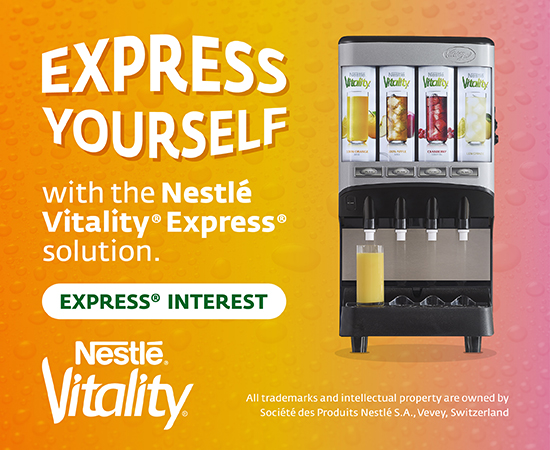Many hotels and lodging properties serve breakfast for their overnight guests. In many cases, this food is prepared off-site and stored in freezers until it is time for serving. With the recent hurricanes in the United States and other weather-related events that have resulted in widespread power outages, some hotel owners and managers have asked themselves a question that typically only comes up after a disaster: ‘How do we keep frozen food safe when the power goes out?’
The truth is, hoteliers should be asking this question long before they’re in such a situation. While there are no estimates as to how much food was lost or spoiled due to Hurricanes Harvey and Irma, it likely amounted to thousands of pounds, costing restaurants and hotel properties a pretty penny.
But there are ways to help keep food safe in such situations, such as:
Freeze and Store Water
If a storm is on its way, freeze plastic bags or containers of water and store them in the fridge. This will help keep it cold longer.
Attain Ice
Know where to buy dry ice or blocks of ice in the community.
Maintain Temperatures
Be aware that in a commercial kitchen refrigerator, the temperature should be kept at 40°F or lower and the freezer at 0°F or lower.
Keep Doors Closed
Keep freezer and refrigerator doors closed. Frozen food is usually safe to serve if the door has been kept closed for up to two days. Food in the refrigerator may spoil after just a few hours, even with the door closed.
Store Meat at the Bottom
Always keep meat items at the bottom of the freezer. This prevents the dripping of juices onto other foods, which could cause cross contamination.
Use Thermometers
Although this is an old way of monitoring temperatures, use appliance thermometers to check temperatures in both the freezer and refrigerator. Once the power returns, food service managers should use HACCP-compliant systems that monitor food temperatures continuously, log this information, and email or text audits to kitchen staff.
Check for Ice Crystals
Another thing to do once the power returns is to check for ice crystals. In most cases, if ice crystals are noticed, the food can be saved and safely refrozen.
About the Author
Edward Sharek is category manager of facility-employee safety at DayMark Safety Systems, manufacturers of a wide variety of products for commercial kitchens designed to enhance food safety, personal safety, and facility safety. He can be reached at info@daymarksafety.com







